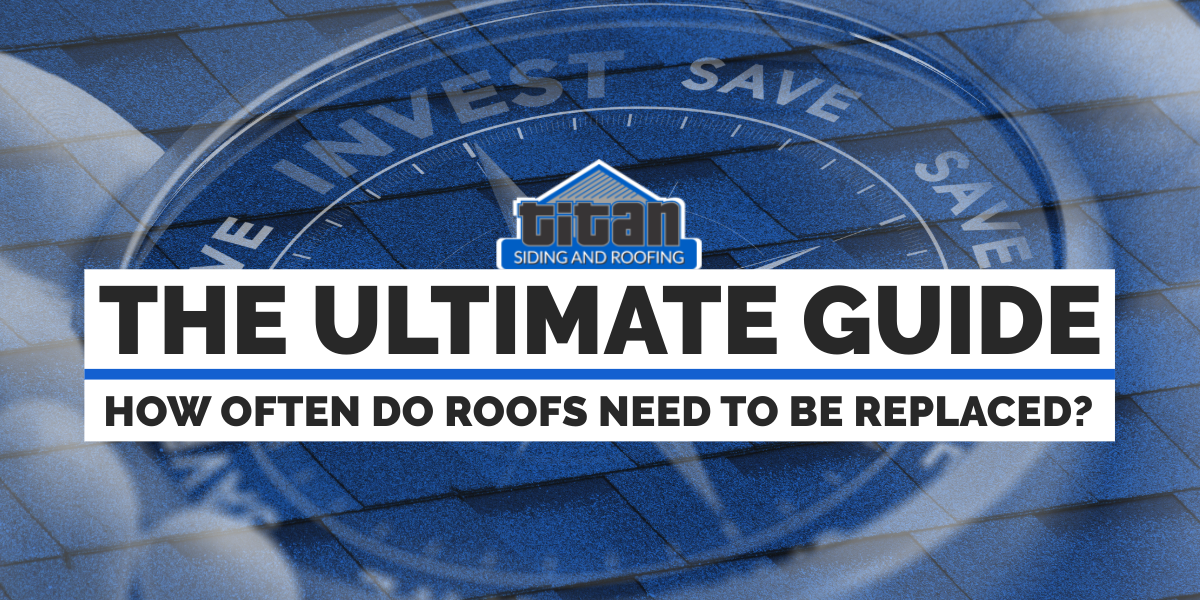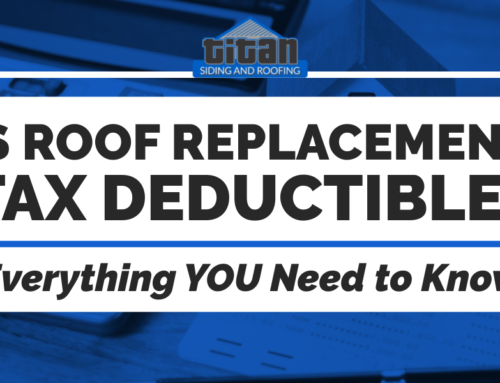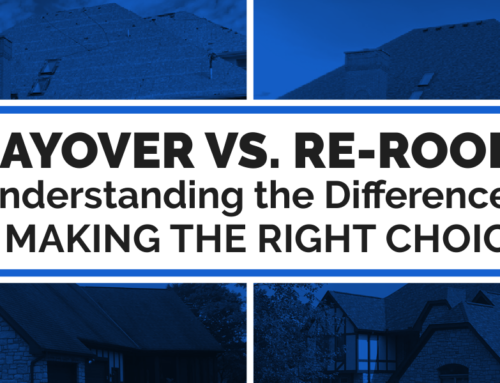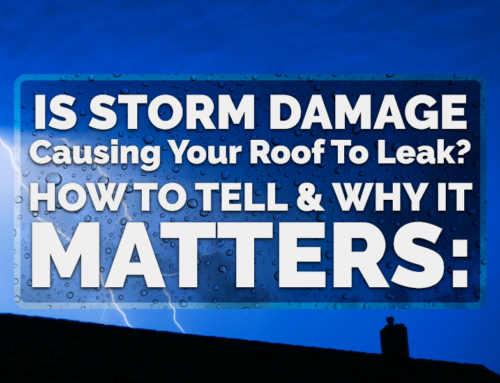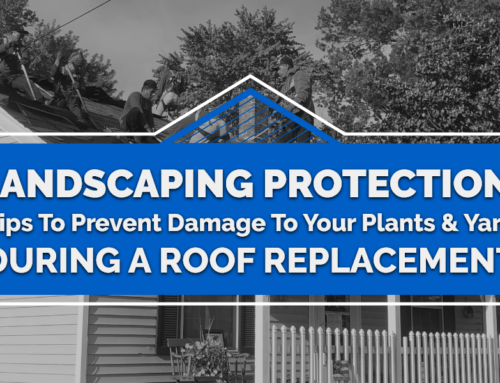If you purchased a home at one time, you probably didn’t ponder how much remaining life the existing roof possessed, as long as it looked presentable and passed the home inspection. If you haven’t asked yourself, “How often do roofs need to be replaced,” you should consider this question carefully when considering your home’s current roof.
Why get caught off-guard or unprepared? Replacing a residential roof requires a significant amount of money. Generally, a homeowner can expect to pay between $10,000 and $20,000 for a roof replacement. To come up with those available liquid funds on short notice in a pinch is difficult, if not impossible, for most homeowners.
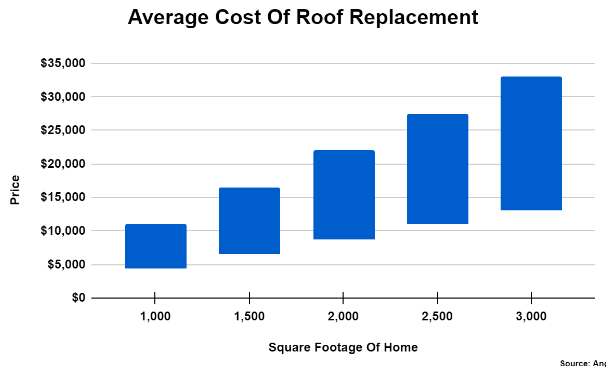
How Often Do Roofs Need To Be Replaced?
The lifespan of a roof depends on several critical factors. For example, the type of roofing material, the quality of the initial installation, your home’s geographic location (including climate and weather conditions), the degree of maintenance and upkeep utilized, and the impact of foreign objects, like tree limbs, striking your existing roof.
Generally, a three-tab asphalt shingle roof lasts 12 to 20 years before necessitating replacement. An architectural asphalt shingle roof is expected to last 20-30 years. A metal roof? 40-70 years. Slate tile? As much as 100 years, or more. Durable stone and metal roofs typically have a life expectancy of two to three times as much as asphalt shingles.
7 Signs A Residential Roof Requires Replacement
-
Broken Or Missing Roofing Materials
If your existing roof is approaching the end of its life, you will likely observe visible damage to the roof in the form of cracked, curled, or absent shingles or tiles. Unfortunately, you cannot leave damaged roofing materials unattended. They require repairing, at the very least. More likely, the existence of damaged roofing materials will necessitate the removal of the current roof and the installation of a new one.
-
Damaged Flashings, Fascias, Or Soffits
A reputable roofing contractor will scrutinize the condition of flashings, fascias, and soffits to understand whether the roof requires replacement. The roof may be compromised if any of these roofing components exhibit signs of deterioration, including rusting, denting, or other damage.
-
Lifespan Of Roof Has Been Reached
No matter what type of roof you own, it has a shelf life. Eventually, it will require replacement. Have you made a plan? If your roof is nearing its end, you should involve a roofing company to perform a comprehensive inspection to assess its condition and provide an expert professional opinion regarding its life expectancy. Then, you can prepare for whatever lies ahead when the time arrives to replace your roof.
-
Loss Of Asphalt Shingle Granules
Asphalt shingle granules serve a crucial function in the health of your roof. Without them, your shingle roof would no longer protect your home from the damaging effects of the sun’s UV rays. Consequently, your home will experience energy inefficiencies in excess heat buildup and inadequate ventilation to offset the heat absorption. Sidestep this issue by replacing your existing roof when too many granules have shed.
-
Moss, Fungi, Or Algae Accumulation
Vegetation belongs in your landscaping or yard. It should not have a home on your roof. In fact, vegetation rapidly, and often irreversibly, accelerates a roof’s deterioration, shortening its lifespan in the process. When moss, fungi, and algae form, you need to take immediate action to remove any growth. If these living organisms flourish, an experienced roofing contractor will recommend replacement.
-
Moisture Intrusion Through Roof
If you observe signs of water damage on your ceiling, the likely culprit is a leaky roof. Don’t ignore this problem! When moisture penetrates a home, mold and mildew issues will quickly arise. No homeowner wants to deal with remediating mold and mildew. The prospect of an expensive and time-consuming process to remove water damage, and likely mold and mildew, from a home’s interior should deter any responsible homeowner from avoiding this issue.
-
Sagging Or Drooping Roof
Roof sag is much more common than homeowners realize. In reality, a drooping roof signifies structural issues that demand immediate attention. Water damage, inadequate ventilation, or rotting underlayment could be causing the problem. Other potential issues must be evaluated. An experienced roofing professional can assess the roof’s slope and elevation to determine if a homeowner should be concerned about roof sag.
Hiring A Knowledgeable Roofing Contractor
For homeowners in Greater Cincinnati, Titan Siding and Roofing offers unsurpassed residential roofing services. We know all aspects of roofing, including replacements, gutters, windows, and storm damage restorations. Our knowledge and experience ensure an experience that meets or exceeds your expectations. To learn more about our roofing services or schedule a complimentary consultation, and receive a free, no-obligation estimate, contact Titan Siding and Roofing today. It’ll be the best decision you’ve ever made!

